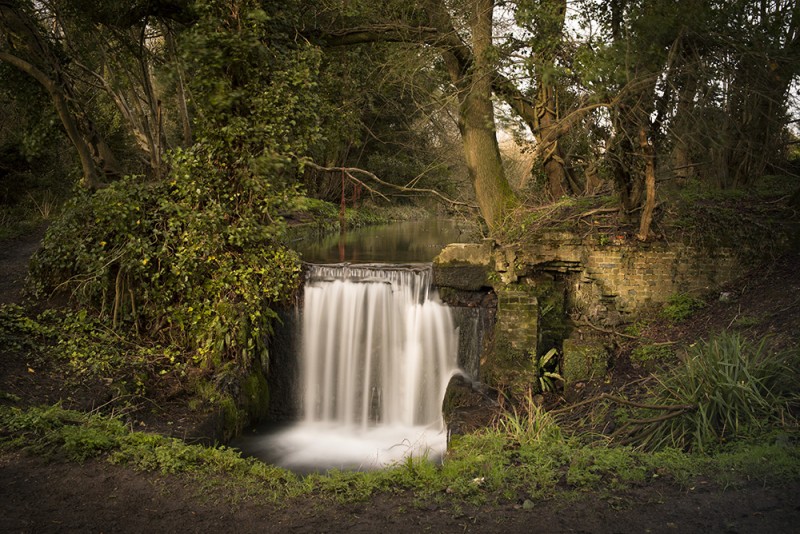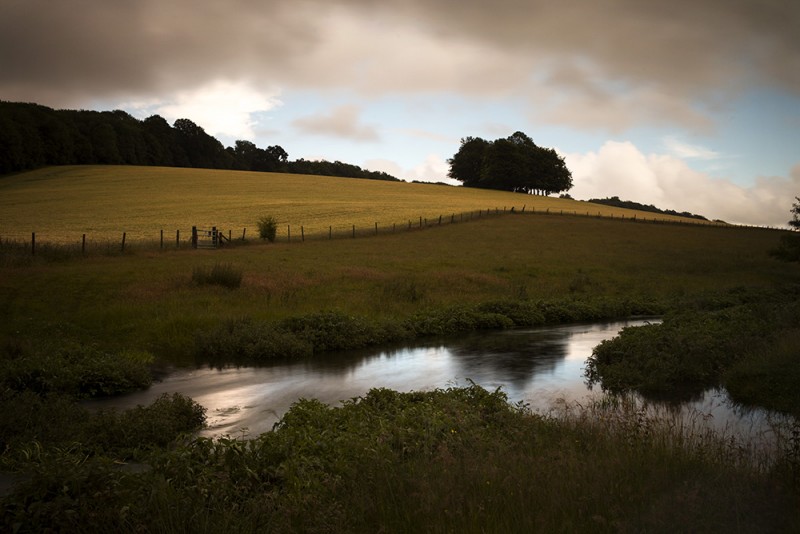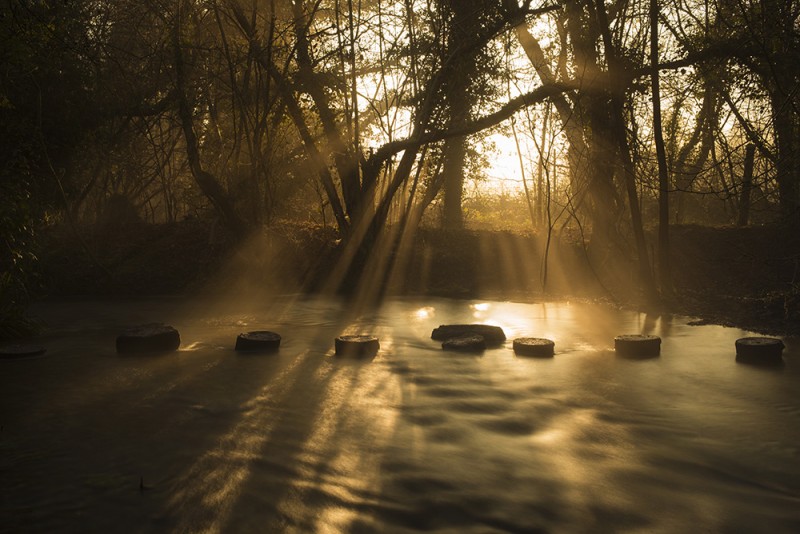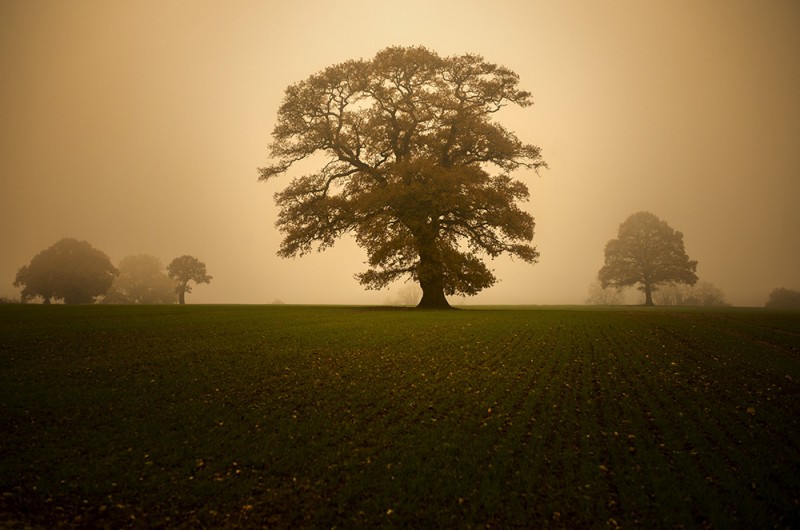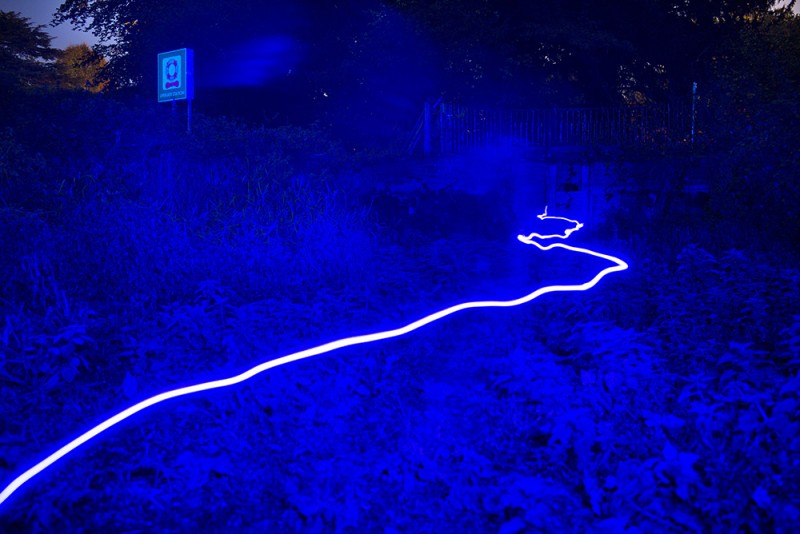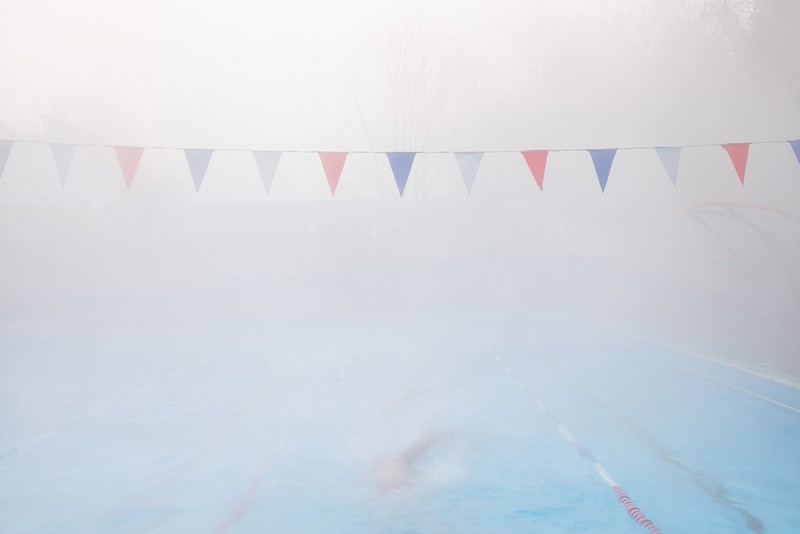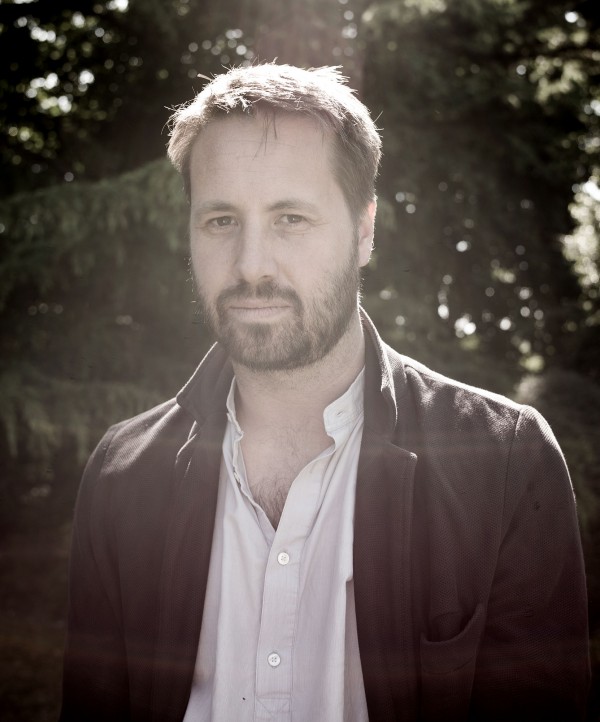The River Meadow at the Pile of Stones
The River Meadow at the Pile of Stones
Matt Writtle
November 27, 2020
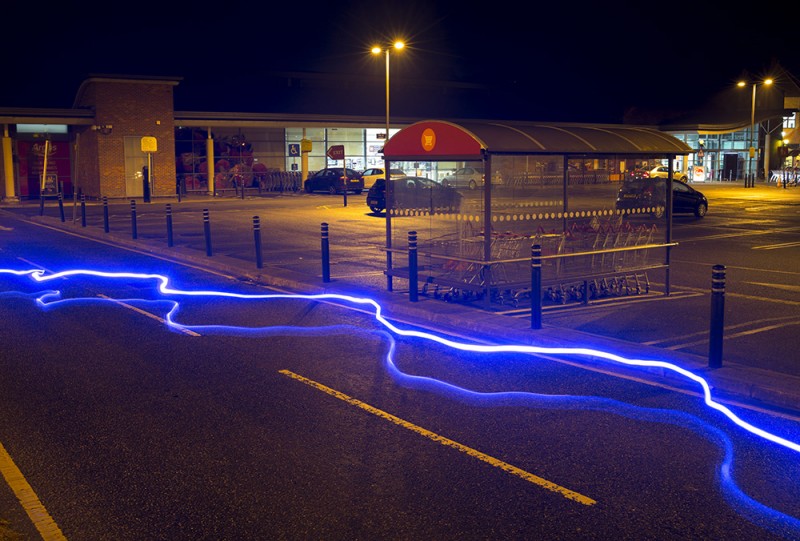
Matt Writtle: As the route of the UK Government’s High-Speed 2 railway threatens to carve up vast swathes of countryside, experts fear this could severely impact the unique eco-system of England’s fragile chalk streams, which are under significant threat from population increase, excessive water use and winter droughts. While climate change threatens life on a global scale, the River Meadow images focus on the market town of Chesham in the Chiltern Hills – a 1700km2 chalk escarpment, 45km north-west of central London – and the areas surrounding the River Chess – a natural chalk stream whose source is in the town. I wanted to raise awareness of the increasing threat to the river and its surrounding areas, and utilise the images as a microcosm for towns across the English hinterland and the wider world. Rather than do this in a dictatorial way, I wanted to educate and inspire, so decided to capture its beauty whilst, at the same time, document the impact of humanity. I needed a premium camera to do this justice, and I knew my Leica M(240) would succeed.
Please tell us more about the place you portrayed.
I moved to Chesham in 2016 and was immediately drawn to the little chalk stream that runs through the town: I still am. At first meeting it looked sad, forgotten, lost and, in parts, neglected. I wanted to illustrate this and understand why. So I began researching the stream’s history and geography and used my Leica M(240) to document its character. Chalk streams are a globally rare habitat. With a perfect pH of 7 and a constant temperature of 10°C, there are only 260 chalk streams in the world and 85% are found in England. Nine of these special rivers rise in the Chiltern Hills and the River Chess is the jewel in the crown. For the past 200 years its surroundings remained relatively unchanged. It rises just north of Chesham and flows in a south-easterly direction towards London through a pastoral landscape. It is the most bio-diverse of the nine rivers, and the last remaining home in the area to water voles. Yet, in recent years it has begun to feel the threat of urbanisation and climate change.
You work with blur and long exposure. Why is that?
The first recorded reference to Chesham – in the will of Lady Elgiva, former wife of King Eadwig of England, in 970 AD – was under the Old English name of Cæstæleshamm, meaning The River Meadow at the Pile of Stones. This poetic name inspired me to seek a clearer understanding of the local environment and the tangible impact of urbanisation on nature, and combine this with the symbolism of human fatality on earth. A human being dies every half a second, so I began experimenting with the imagery by exposing every photograph at a minimum of half a second. Not only were the results visually stimulating, but the blurred movement of everyday life created a ghost-like river flow, that became symbolic of the places where the river was lost, and underpinned the fleeting existence of humanity in relation to the age of earth.
How did you become a Leica photographer and which camera do you use?
Like for most photographers, Leica is a name that stands for prestige and quality. Over the decades legends such as W Eugene Smith, Henri Cartier-Bresson and Sebastião Salgado have produced world-beating photography on Leica cameras. But it was during my time working as a freelance photographer in Sydney, Australia, for The Australian and Sydney Daily Telegraph, that I met and worked alongside, now Magnum photographer, Trent Parke. He had just realised his debut photo book Dream/Life – all shot on a Leica M6 – and it transformed the way I thought about and approached capturing photographs. It freed me creatively from documenting the scene to capturing the mood. Shortly after my Sydney experience I moved to Hong Kong and bought my first Leica M6 and a 35mm f1.4 aspherical lens. I still use the lens today, alongside my 50mm f1.4 and 90mm f2, which are all mounted on my Leica M (Typ 240). What I love about the Leica M series is its portability, discretion, simplicity and ease of use. The fully manual exposure and focus allows me to concentrate on the image and not get distracted by technical gizmos, and to utilise the outstanding clarity that Leica lenses are known for the world over.
Matt Writtle+-
Matt Writtle is a documentary and portrait photographer from the Black Country, now based in the London, UK. His practise is focused on life. Whether human, animal, plant or mineral, his images reflect the cultural and environmental transition of life, through time.
Since 1992, he has travelled the world documenting news, social and humanitarian issues for publications such as The Times, London Evening Standard and Daily Telegraph.
He has released two monographs: 'Sunday: A Portrait of 21st Century England' and 'The River Meadow at the Pile of Stones'. Lastly, he has just released the book 'Portraits for Posterity; a national archive of Holocaust Survivors in Great Britain', which has been, and continues to be, exhibited all over the UK. More

